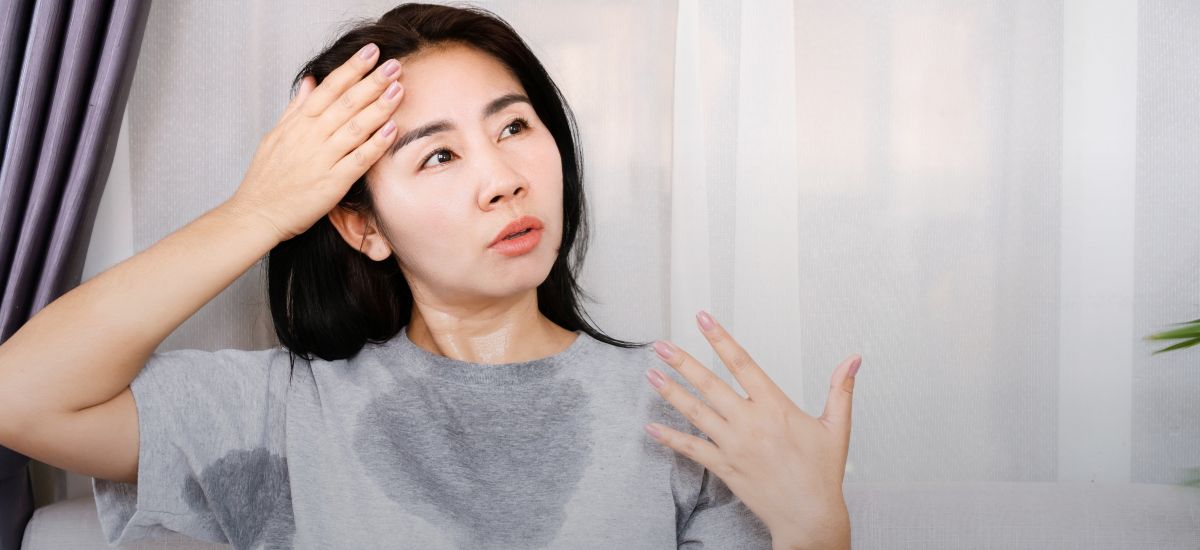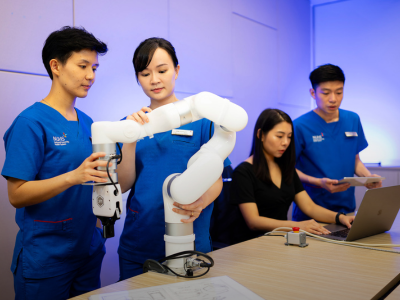Published on 4 July 2023
Not taking appropriate precautions to protect yourself from Singapore's hot weather can have serious consequences.
In the past three months, mercury levels in Singapore have hit a high, with the country experiencing some of the hottest weather.
Indeed, on May 13, the temperature reached 37 degrees Celsius – the country’s highest daily maximum in 40 years.
According to the Meteorological Service Singapore, there is a 70% to 80% chance of an El Nino event – which brings hotter and drier weather – this year.
For many of us in Singapore, hot weather is something that we are accustomed to.
But it is still important to take precautions to protect ourselves from heat-related injuries.
Types of heat injuries
There are several types of injuries that can occur due to heat exposure, such as heat cramps, heat syncope, heat exhaustion, and heat stroke.
“Heat cramps are painful muscle spasms due to dilution of electrolytes in the body caused by heat exposure and inadequate water replacement,” explained Dr Ong Pei Yuin, Consultant, Department of Emergency Medicine, National University Hospital (NUH).
“Patients who suffer from heat cramps have a normal or elevated body temperature, and they can be treated with oral electrolyte replacement or saline infusion.
“Heat syncope refers to fainting due to excessive heat and dehydration. It is more common in the elderly and those non-acclimatised to heat. The treatment for heat syncope is to rest and rehydrate, while checks for other serious causes of fainting will also be done.”
A more severe form of heat-related injury is heat exhaustion, which if left untreated, could advance to the potentially fatal condition of heat stroke.
As such, recognising the symptoms of heat exhaustion is vital to ensuring early administration of the appropriate treatment.
Dr Ong elaborated, “Heat exhaustion shows a series of symptoms that include body aches, nausea, headache, excessive sweating, dizziness, fast heart rate, and rapid breathing, with raised body temperature due to heat exposure, dehydration, and salt depletion.
“Patients suffering from heat exhaustion are usually still alert and not confused. Treatment for such patients is to cool down and rehydrate them with oral electrolyte replacement or infusions.”
However, if the patient's symptoms persist despite attempts to cool them down and rehydrate, it is imperative to seek urgent medical attention.
“Heat exhaustion can evolve into heat stroke. So, if the patient’s symptoms are not addressed, then it can progress to unconsciousness, delirium, and even multi-organ failure,” Dr Ong said.
“Heat stroke is life-threatening and should be treated in emergency departments with immediate cooling measures, intravenous hydration and other supportive measures.”
Tips for preventing heat-related injuries
1. Avoid the midday sun. Stay indoors during those hours.
2. Avoid exercising if one has fever or is unwell as the risk of heat injury is higher
3. Use sunblock on sun exposed skin
4. Do outdoor exercise in the early morning or evening, or use indoor air-conditioned gyms
5. Increase ventilation in rooms and use fans for circulation
6. Wear lightweight, breathable material for clothing, which wicks sweat away quickly and allows sweat to evaporate quickly
7. Hydrate frequently. Add one bottle of fluids for each hour outdoors exercising. Hydrate until the urine is pale yellow and clear.
8. Drink isotonic drinks, juices, clear fluids, for replacement of fluids and electrolytes
9. Take extra precautions to monitor the more vulnerable, like the sick, elderly, children & infants, and those who are unable to verbalise themselves.
In consultation with Dr Ong Pei Yuin, Consultant, Department of Emergency Medicine, NUH.




